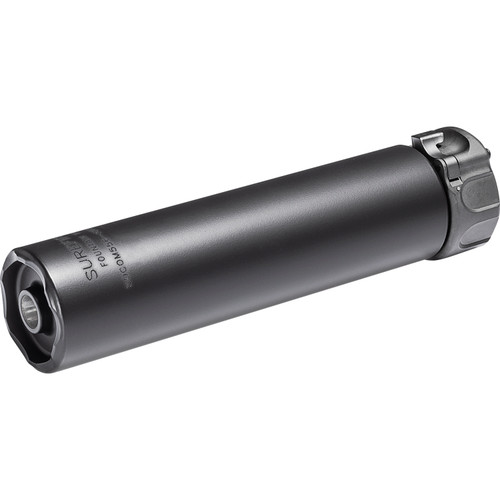Thinking about putting together another AR. I’ve already got a 14.5 midlength p/w and an 18” MK12ish build. My goal is to set it up similar to the 14.5 just shorter so they would be interchangeable when training. Long term would be to suppresses this build and have a similar OAL between the two guns.
Pretty sure I’ll go with a Criterion Core barrel. On one hand I’m leaning towards the 10.5 to be as short as practical since it’ll be paired with the 14.5. Also read a lot of good things about the 11.5 being a smooth shooter etc. What would yall do?
Pretty sure I’ll go with a Criterion Core barrel. On one hand I’m leaning towards the 10.5 to be as short as practical since it’ll be paired with the 14.5. Also read a lot of good things about the 11.5 being a smooth shooter etc. What would yall do?





